Forums
- Forums
- Duggy's Reference Hangar
- USAAF / USN Library
- Boeing YB-40 Flying Fortress
Boeing YB-40 Flying Fortress
Post a reply
- Go to Previous topic
- Go to Next topic
- Go to Welcome
- Go to Introduce Yourself
- Go to General Discussion
- Go to Screenshots, Images and Videos
- Go to Off topic
- Go to Works in Progress
- Go to Skinning Tips / Tutorials
- Go to Skin Requests
- Go to IJAAF Library
- Go to Luftwaffe Library
- Go to RAF Library
- Go to USAAF / USN Library
- Go to Misc Library
- Go to The Ops Room
- Go to Made in Germany
- Go to Campaigns and Missions
- Go to Works in Progress
- Go to Juri's Air-Raid Shelter
- Go to Campaigns and Missions
- Go to Works in Progress
- Go to Skinpacks
- Go to External Projects Discussion
- Go to Books & Resources
-
9 years agoSun Dec 17 2023, 08:24amDuggy
 Main AdminThe YB-40 was the bomber escort variant of the Flying Fortress, where the Y stood for "service test". This aircraft was produced in an attempt to provide better defenses for B-17 daylight bomber forces which were suffering appalling losses in their raids against German targets on the European continent. The YB-40 was produced by converting existing B-17Fs in an attempt to provide additional firepower for the defense of bomber formations when they ventured into areas beyond the range of contemporary fighters.
Main AdminThe YB-40 was the bomber escort variant of the Flying Fortress, where the Y stood for "service test". This aircraft was produced in an attempt to provide better defenses for B-17 daylight bomber forces which were suffering appalling losses in their raids against German targets on the European continent. The YB-40 was produced by converting existing B-17Fs in an attempt to provide additional firepower for the defense of bomber formations when they ventured into areas beyond the range of contemporary fighters.
The first XB-40 prototype was produced in November of 1942 by the Vega division of Lockheed. They converted a standard Boeing-built B-17F (serial number 41-24341) to escort configuration by adding a dorsal turret in the radio compartment position carring a pair of 0.50-cal machine guns, a chin turret underneath the nose equipped with a pair of 0.50 cal machine guns, and twin gun mounts instead of the usual single gun mounts at each waist position. The regular top, belly, and tail turrets were retained, bringing total defensive armament to fourteen 0.50-inch machine guns. Additional protective armor was fitted for better crew protection. The bomb bays were replaced by storage areas which carried additional ammunition for the guns. The normal ammunition load was 11,135 rounds, which could be increased to 17,265 rounds if the fuel load was reduced. The first flight took place on November 10, 1942.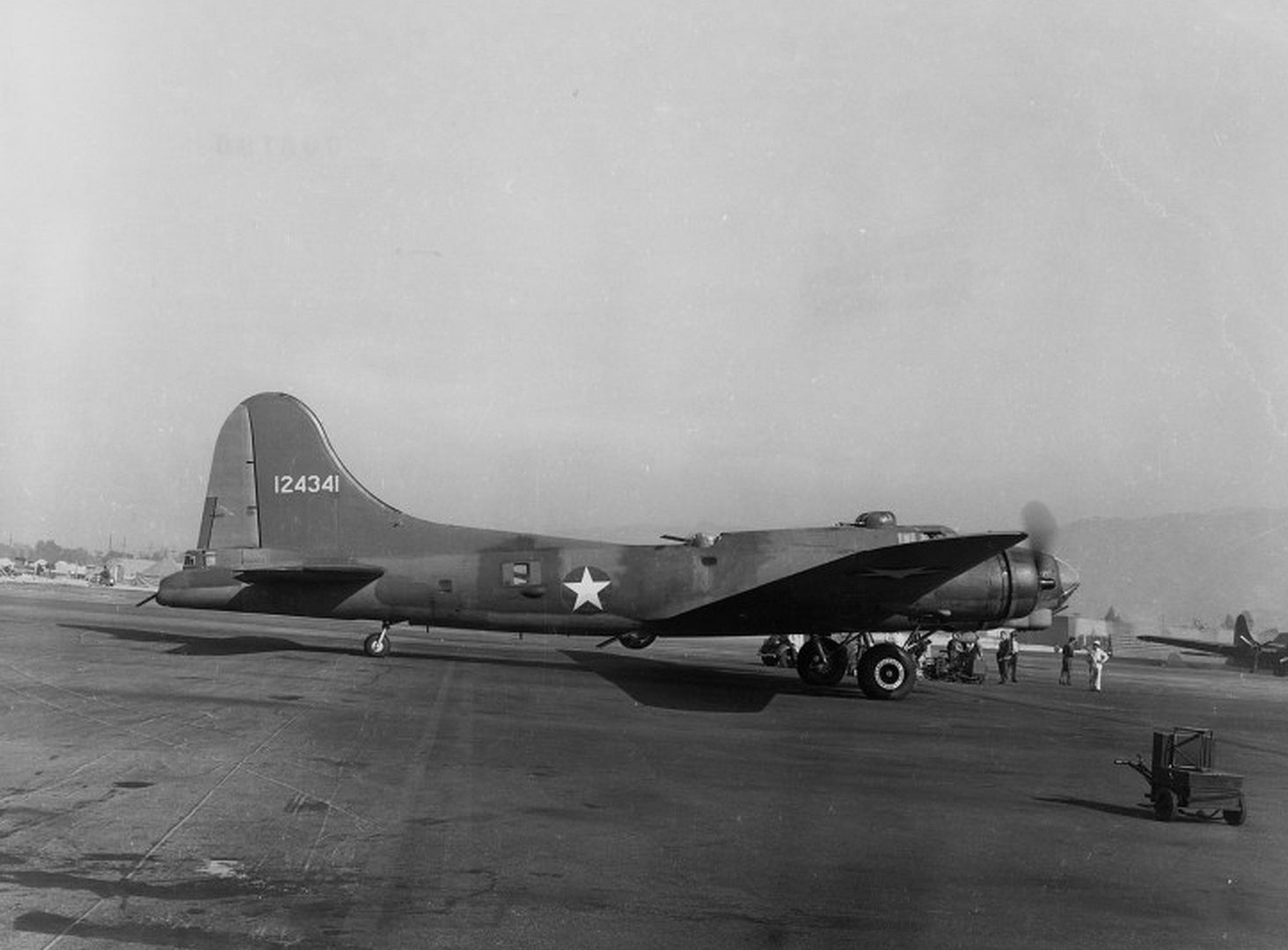

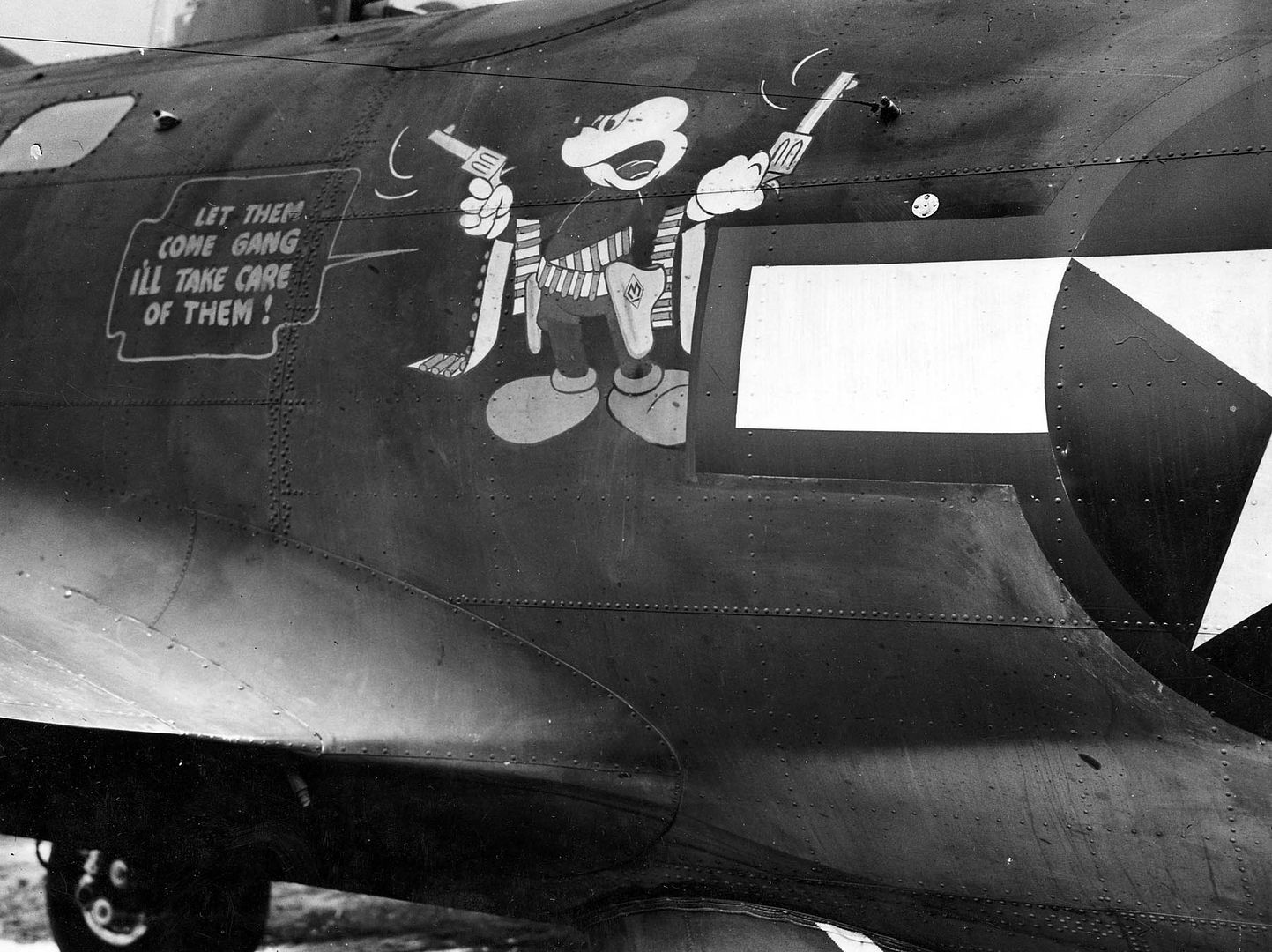
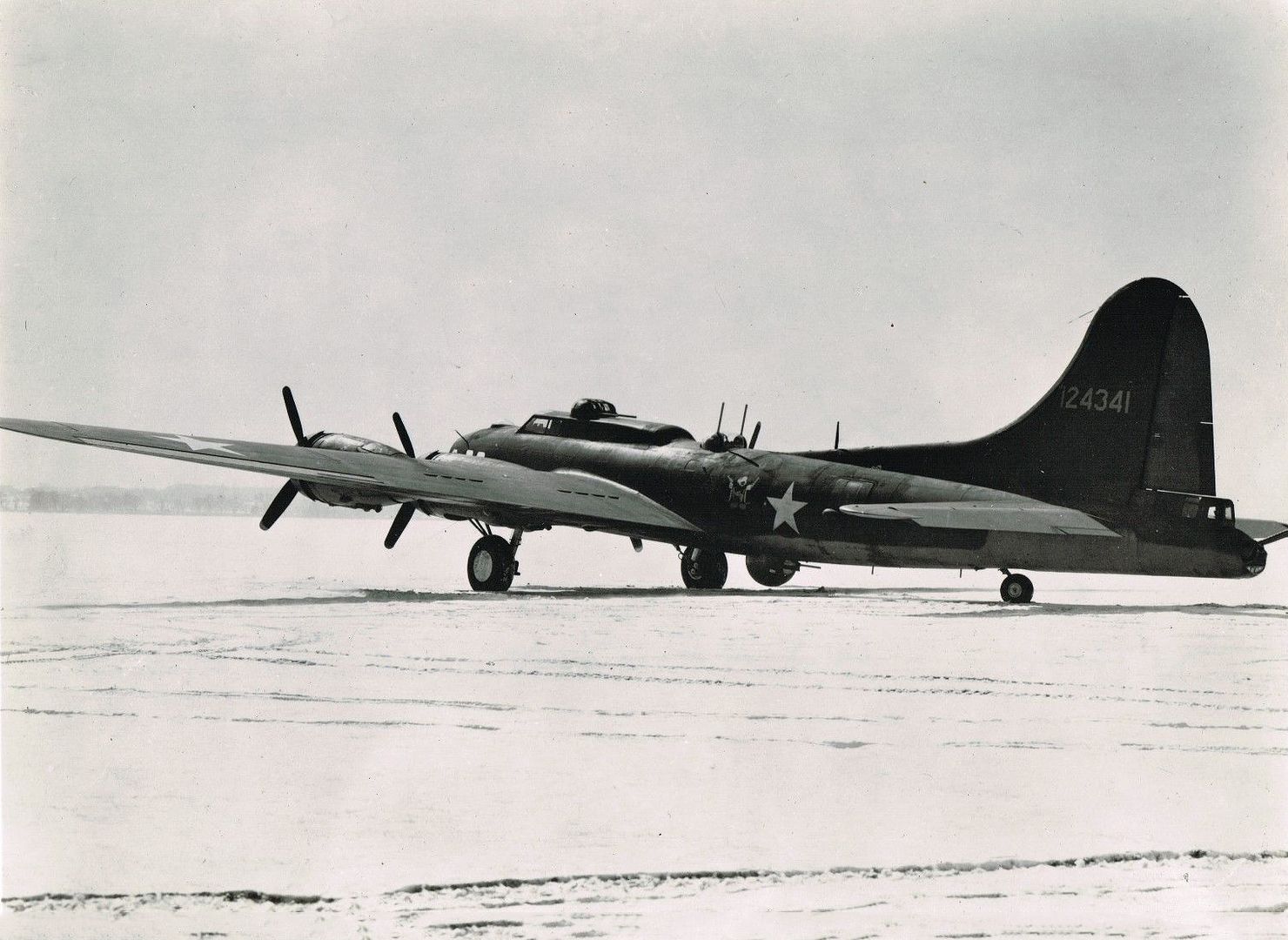
Twenty more Vega-built B-17Fs were converted to YB-40 configuration, plus four TB-40 trainers. Although they bore the Vega model number of V-139-3, because Vega had higher-priority production projects, the planes were actually modified by Douglas at Tulsa, Oklahoma from Vega-built B-17F airframes.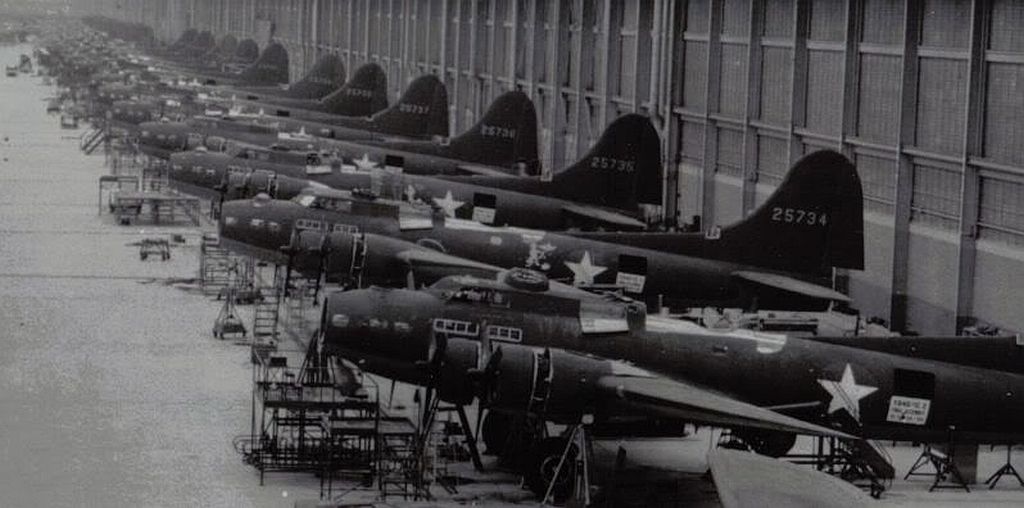
A variety of different armament configurations was tried. Some YB-40s were fitted with four-gun nose and tail turrets. Some carried cannon of up to 40 mm in caliber, and a few carried up to as many as 30 guns of various calibers in multiple hand-held positions in the waist as well as in additional power turrets above and below the fuselage.
Externally, the XB-40 had the symmetrical waist windows of the standard B-17F and the second dorsal turret integrated into a dorsal fairing. In contrast, most of the YB-40s had the positions of the waist windows staggered for better freedom of movement for the waist gunners, and the aft dorsal turret was moved slightly backwards so that it stood clear of the dorsal fairing.
Operational history
The YB-40's mission was to provide a heavily gunned escort capable of accompanying bombers all the way to the target and back. Of the initial order of 13, one (43-5732) was lost on the delivery flight from Iceland to UK in May 1943; it force-landed in a peat bog on an offshore Scottish island after running out of fuel. Although removed to Stornoway and repaired, it never flew in combat. The remaining 12 were allocated to the 92d Bombardment Group (Heavy), being assigned to the 327th Bombardment Squadron, stationed at RAF Alconbury (AAF-102) on 8 May 1943.
YB-40s flew in the following operational missions:
29 May 1943 - attacked submarine pens and locks at Saint-Nazaire. Smaller strikes were made at Rennes naval depot and U-boat yards at La Pallice. In the attack, seven YB-40s were dispatched to Saint-Nazaire; they were unable to keep up with B-17s on their return from the target and modification of the waist and tail gun feeds and ammunition supplies was found to be needed. The YB-40s were sent to Technical Service Command at the Abbots Ripton 2nd Strategic Air Depot for modifications.
15 June 1943 - four YB-40s were dispatched from Alconbury in a raid on Le Mans after completion of additional modifications.
22 June 1943 - attack on the I.G. Farben Industrie Chemische Werke synthetic rubber plant at H?ls. The plant, representing a large percentage of the Germany's synthetic rubber producing capacity, was severely damaged. In the raid, 11 YB-40s were dispatched; aircraft 42-5735 was lost, being first damaged by flak and later shot down by Uffz. Bernhard Kunze in a Focke-Wulf Fw 190A-2 of JG 1 over Pont, Germany. The 10 crew members survived and were taken prisoner.
25 June 1943 - attack on Blohm & Voss sub shops at Oldenburg. This was the secondary target, as the primary at Hamburg was obscured by clouds. In this raid, seven YB-40s were dispatched, of which two aborted. Two German aircraft were claimed as destroyed.
26 June 1943 - scheduled but aborted participation in attack on the Luftwaffe air depot at Villacoublay, France (primary target) and also the Luftwaffe airfield at Poissy, France. The five YB-40s assigned to the attack were unable to form up with the bombing squadron, and returned to base.
28 June 1943 - attack on the U-boat pens at Saint-Nazaire. In the raid, the only serviceable lock entrance to the pens was destroyed. In this attack, six YB-40s were dispatched, and one German aircraft was claimed as destroyed.
29 June 1943 - scheduled participation in attack on the Luftwaffe air depot at Villacoublay, but aircraft returned to Alconbury due to clouds obscuring the target. In the raid, two YB-40s dispatched, one aborted.
4 July 1943 - attacks on aircraft factories at Nantes and Le Mans, France. In these raids, two YB-40s were dispatched to Nantes and one to Le Mans.
10 July 1943 - attack on Caen/Carpiquet airfield. In this raid, five YB-40s were dispatched.
14 July 1943 - attacked Luftwaffe air depot at Villacoublay. In this raid, five YB-40s were dispatched.
17 July 1943 - YB-40s recalled from a raid on Hannover due to bad weather. In this raid, two YB-40s were dispatched.
24 July 1943 - YB-40s recalled from an attack on Bergen, Norway due to cloud cover. In this raid, one YB-40 was dispatched.
28 July 1943 - attack on the Fieseler aircraft factory at Kassel. In this raid, two YB-40s were dispatched.
29 July 1943 - attack on U-boat yards at Kiel. In this raid, two YB-40s were dispatched.
Altogether of the 59 aircraft dispatched, 48 sorties were credited. Five German fighter kills and two probables (likely kills) were claimed, and one YB-40 was lost, shot down on the 22 June mission to H?ls, Germany. Tactics were revised on the final five missions by placing a pair of YB-40s in the lead element of the strike to protect the mission commander.
Overall the concept proved a failure because the YB-40 could not keep up with standard B-17Fs, particularly after they had dropped their bombs. Despite the failure of the project as an operational aircraft, it led directly to the Bendix chin turret's fitment on the last 86 Douglas-built B-17F-75-DL production block aircraft, and were part of the standardized modifications conspicuous on the final production variant of the B-17, the B-17G:
Chin turret (first introduced on the last 86 Douglas-built "final production" blocks of the B-17F-DL aircraft)
Offset waist gun positions
Improved tail gunner station with much larger windows, usually nicknamed the "Cheyenne", after the Cheyenne modification center.
Once the test program ended, most of the surviving aircraft returned to the U.S. in November 1943 and were used as trainers. 42-5736 ("Tampa Tornado") was flown to RAF Kimbolton on 2 October 1943 where it was put on display and later used as a group transport. It was returned to the United States on 28 March 1944. All of the aircraft were sent to reclamation, mostly at RFC Ontario in May 1945, being broken up and smelted. (A couple of the YB-40s can be seen in the 1946 movie The Best Years of Our Lives, in the famous scene shot at the Ontario "graveyard".) No airframes were sold on the civil market.
Serials:
XB-40: Conversion of B-17F-1-BO 41-24341
YB-40: Conversions of B-17F-10-VE 42-5732/5744, B-17F-30-VE 42-5871,
and B-17F-35-VEs 42-5920, 5921, 5923, 5924, 5925, and 5927.
TB-40: Conversions of B-17F-25-VEs 42-5833 and 5834, B-17F-30-VE
42-5872, and B-17F-35-VE 42-5926.
YB-40s Some Of The Boeing B-17s Converted Under Direction Of The Air Technical Service Command Into Bomber-Fighters Parked At The 91St Bomb Group Base In Bassingbourne England.
YB-40-42-5736 Tampa Tornado,An Officer Of The 379Th Bomb Group Leads A Group Of English Children In Outdoor Games At An 'Kiddies Party' At An 8Th Air Force Base In England On 2 October 1943.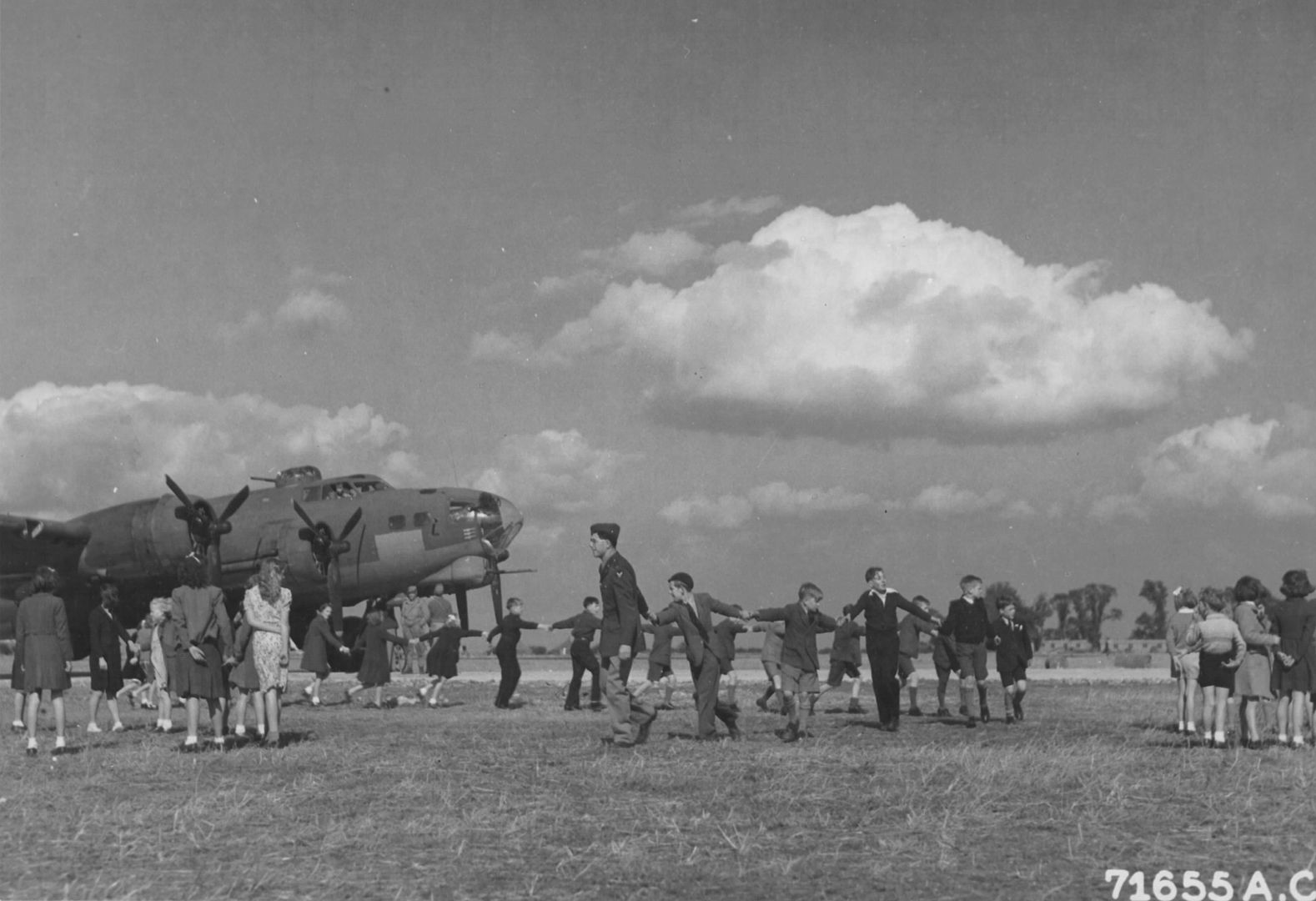
YB-40-42-5736 -Tampa Tornado,A Group Of English Children Who Are Guests At A 'Kiddies Party' Given By The 379Th Bomb Group Gather Around A Boeing B-17 At An 8Th Air Force Base In England. 2 October 1943.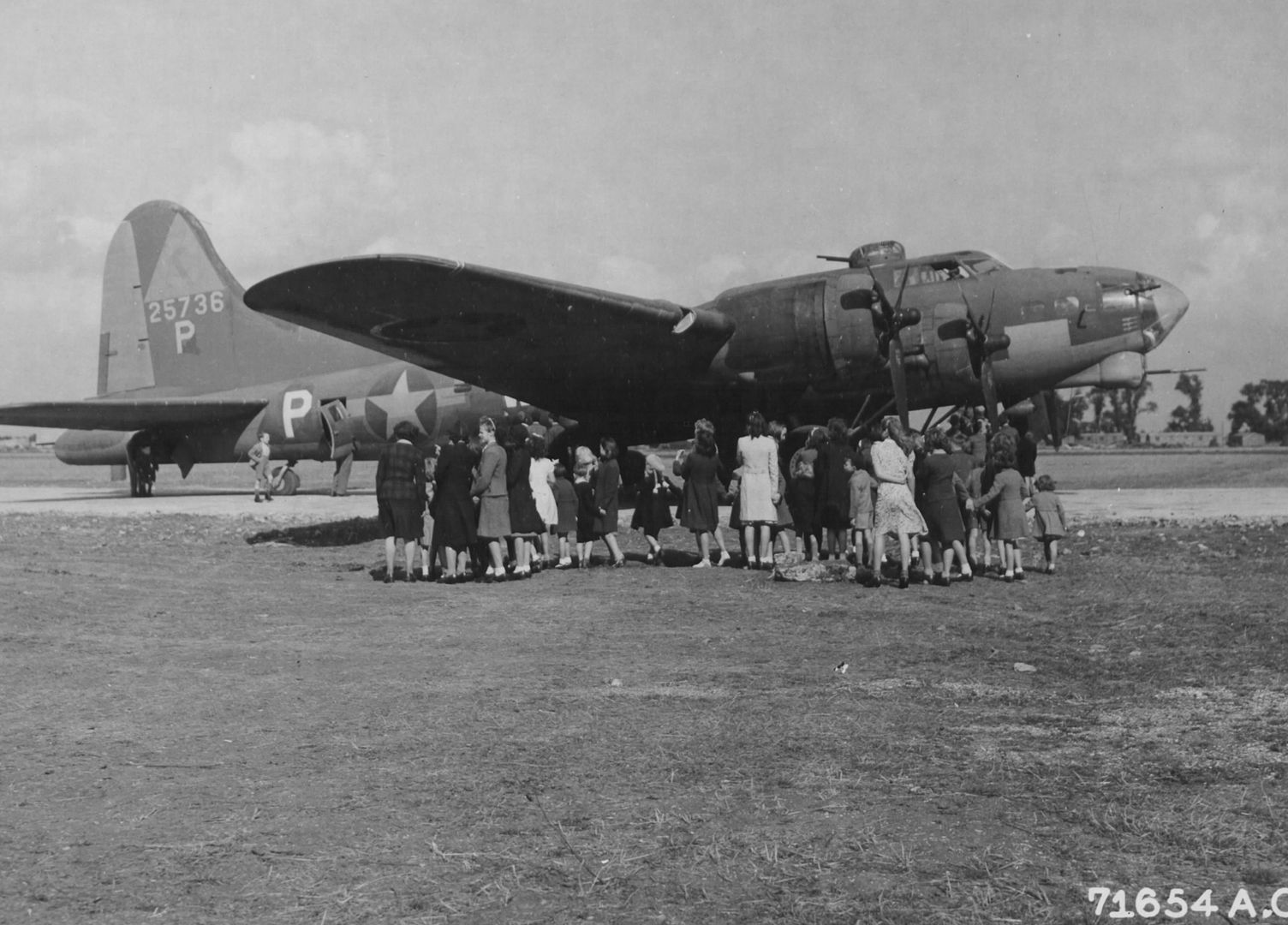
YB-40-42-5741"Chicago" of the 327th Bomb Squadron 92nd Bomb Group
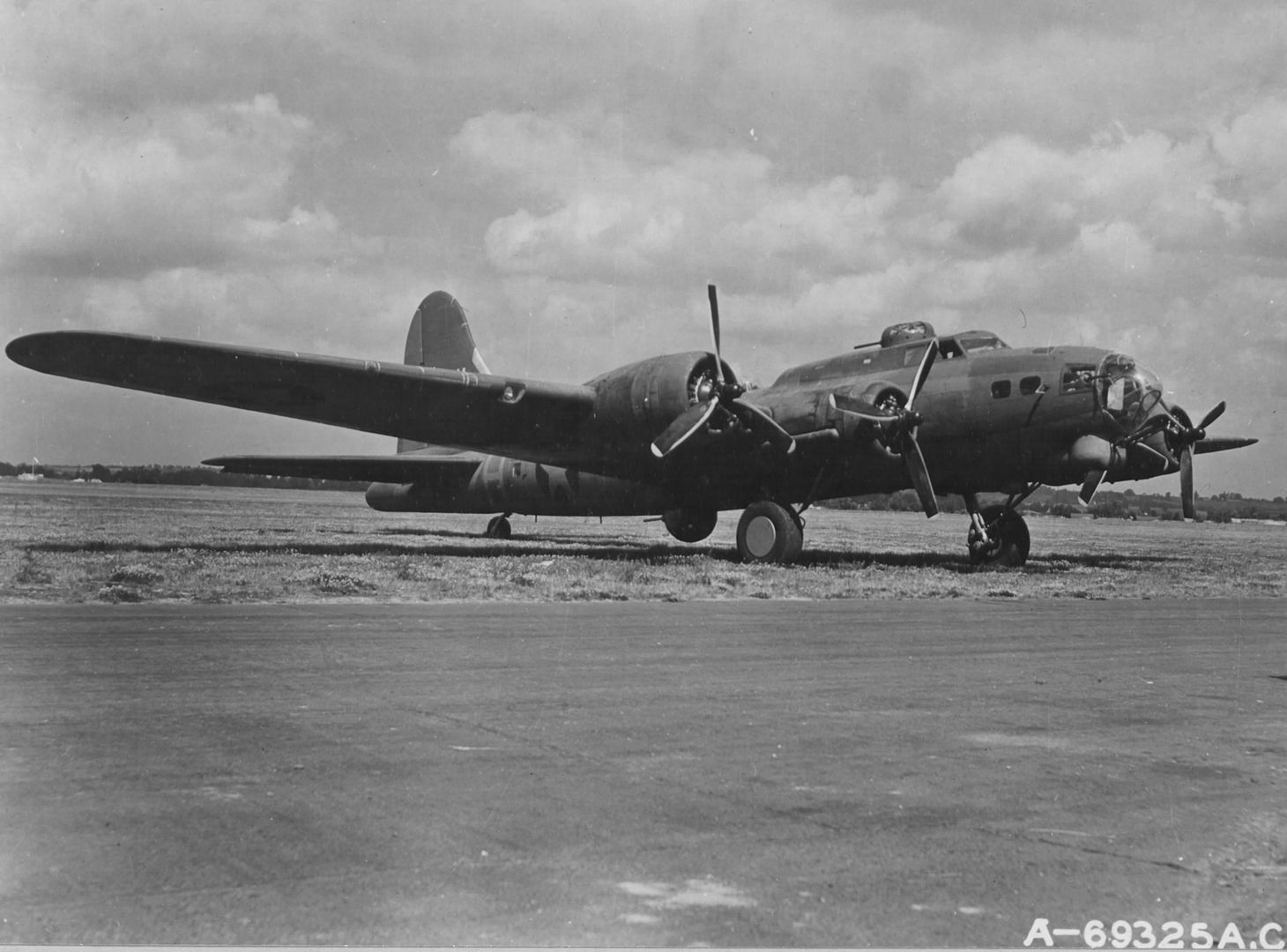
YB-40 Flying Fortress UX-D serial number 42-5734 nicknamed Seymour Angel lands at Alconbury.
YB-40's, "Woolaroc" & "Chicago" 92nd BG
YB-40-armament.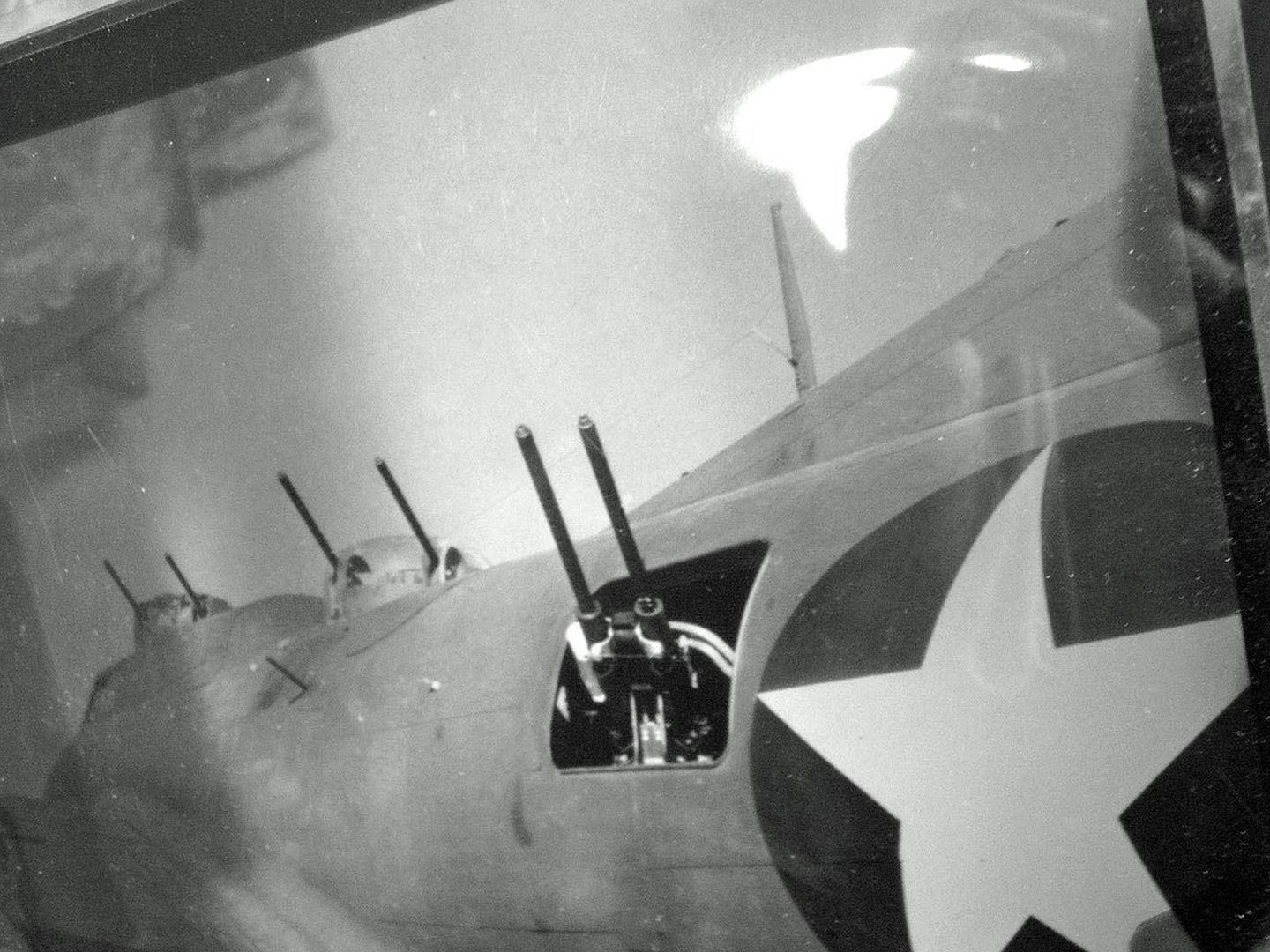
YB-40-425743 "Woolaroc" & crew.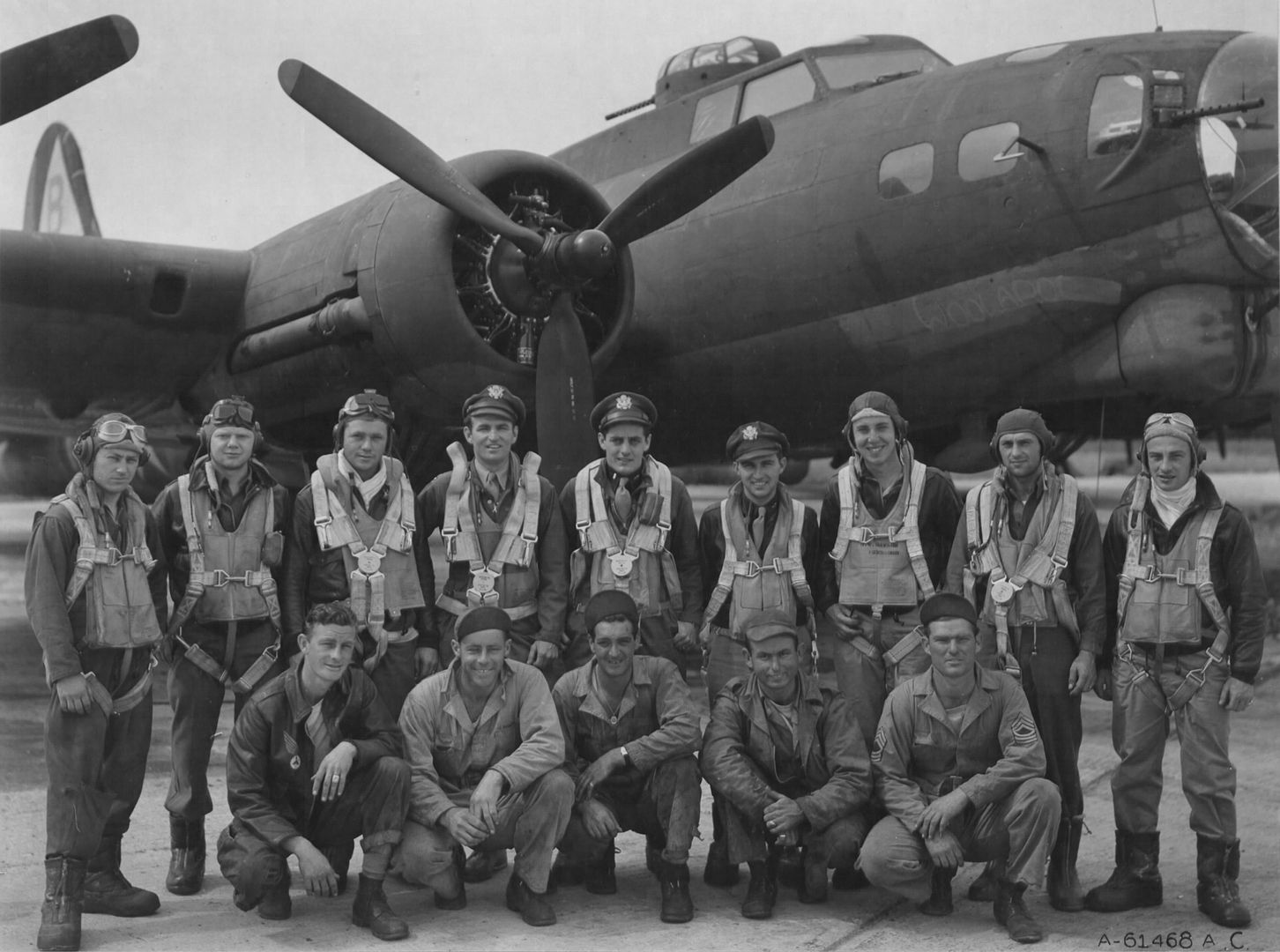
YB-40 42-5737 "Dakota Demon" & crew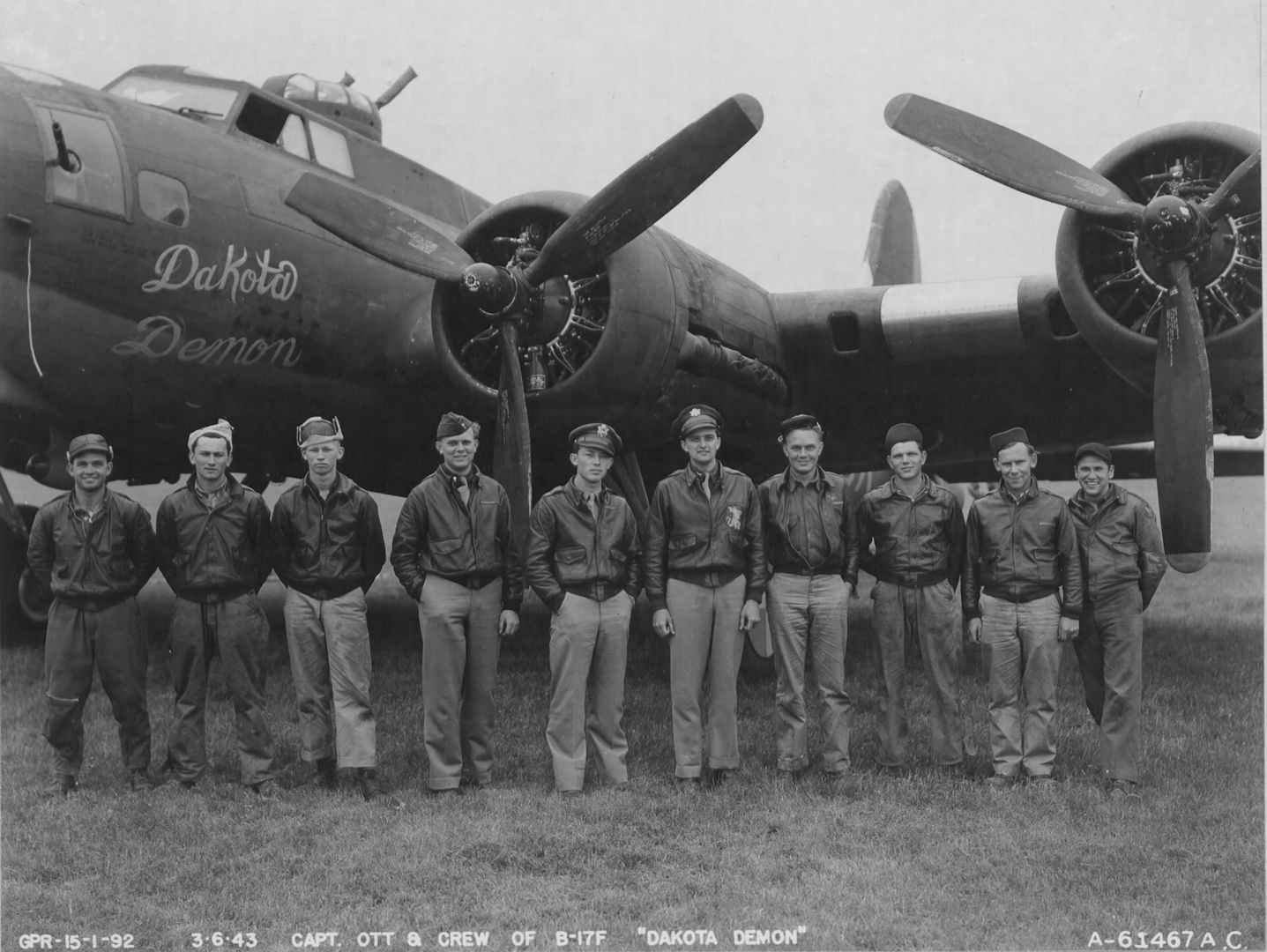
Back in the States with RP-63 Pinball aircraft for gunnery training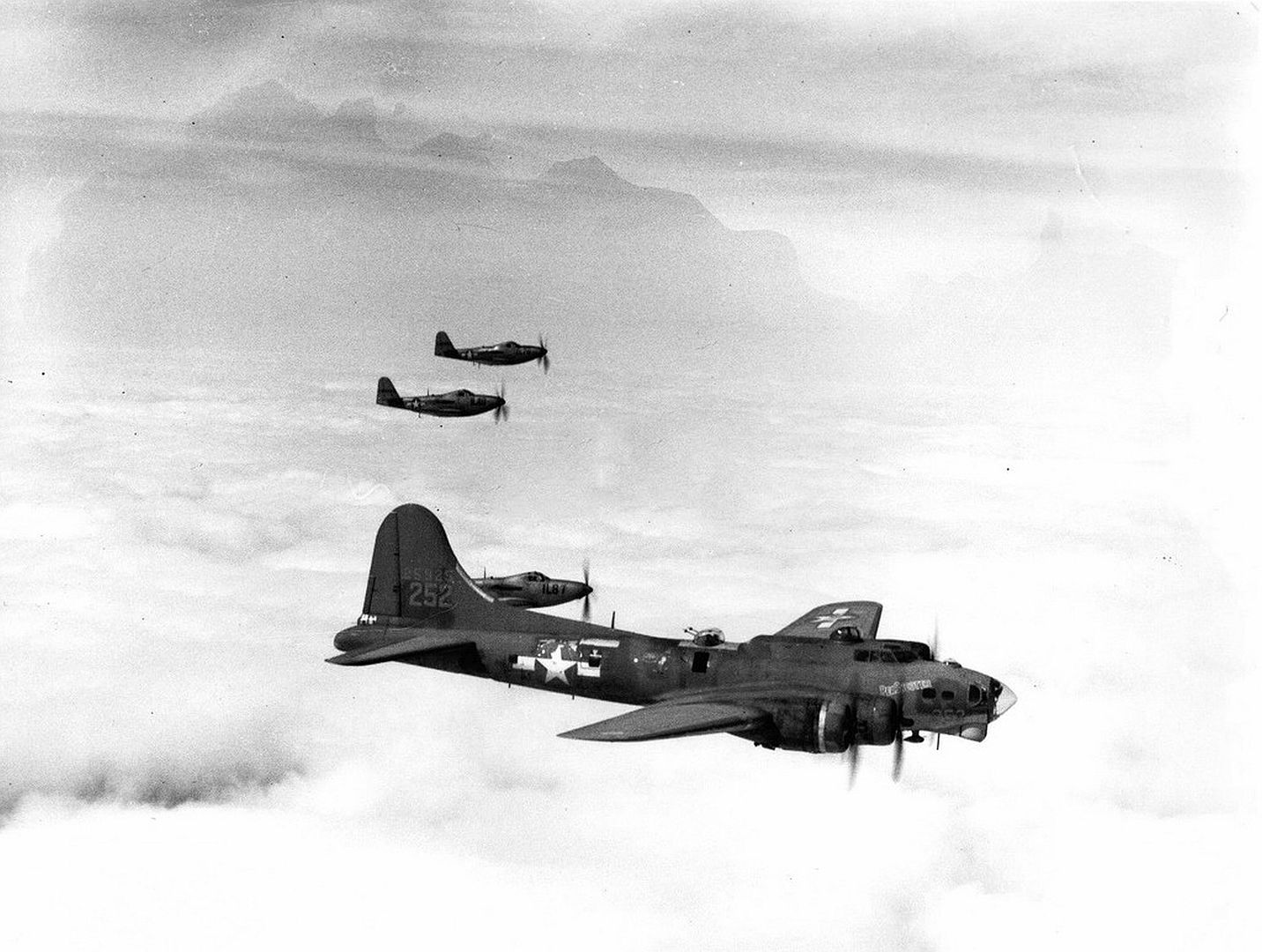
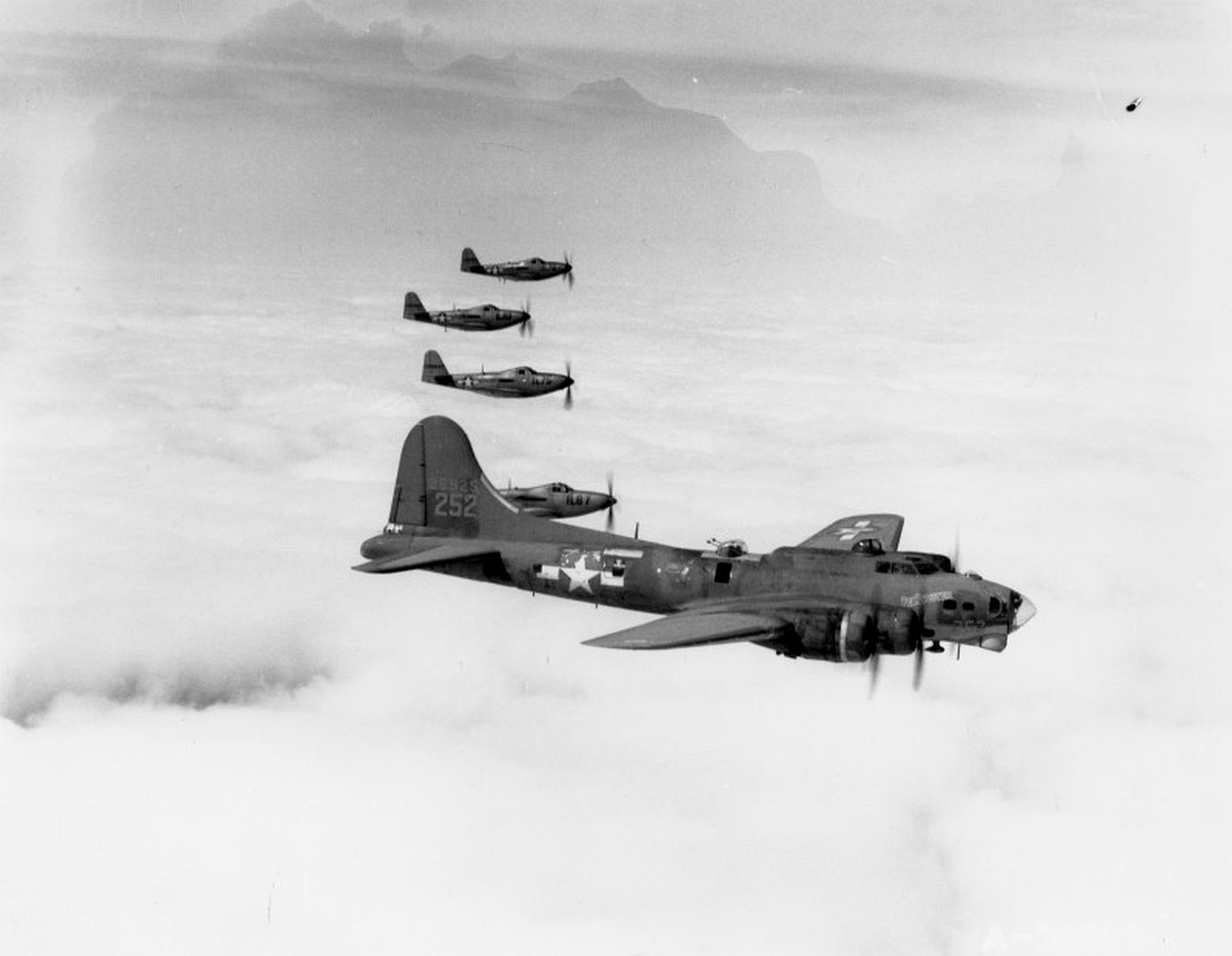

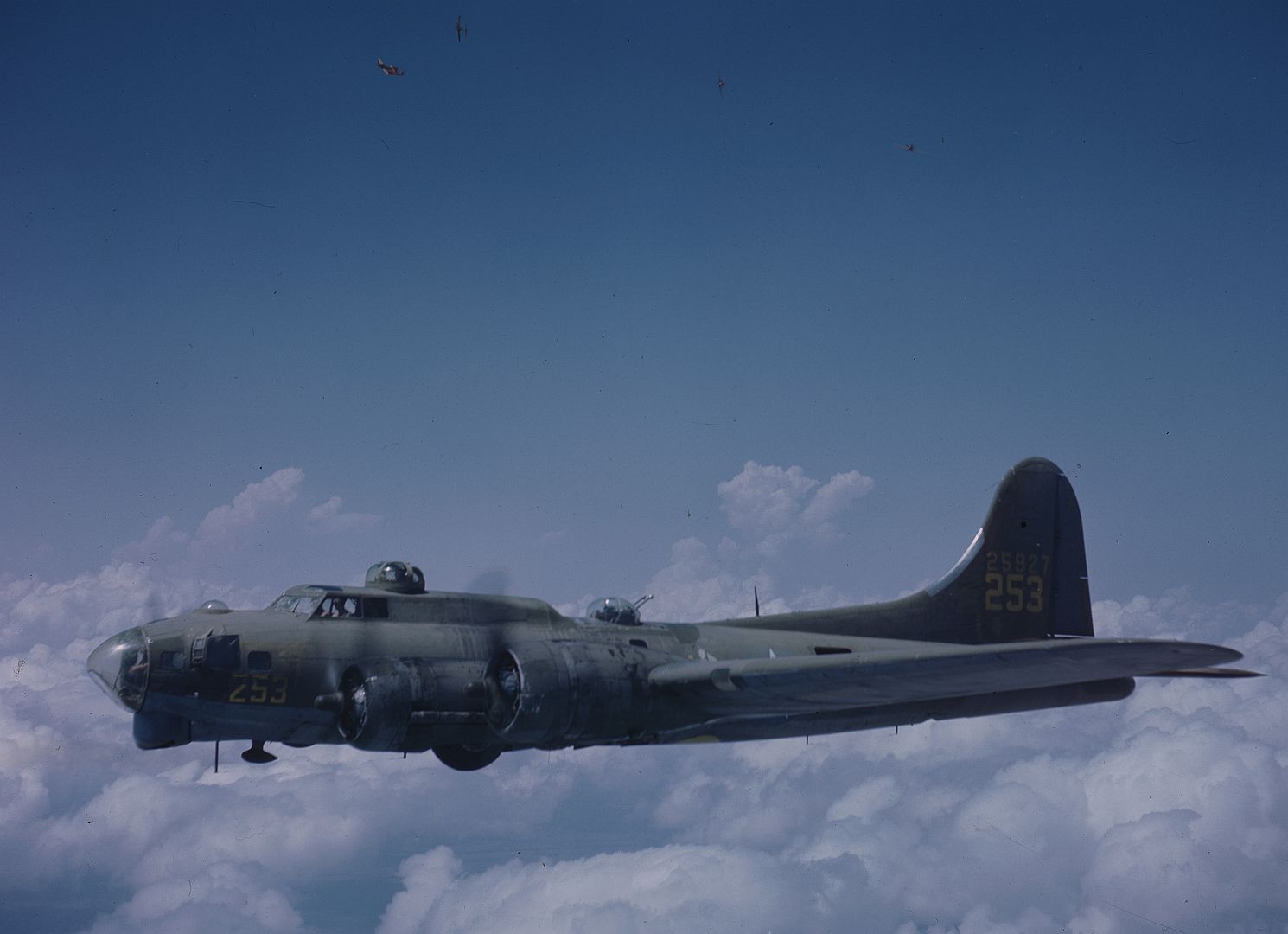
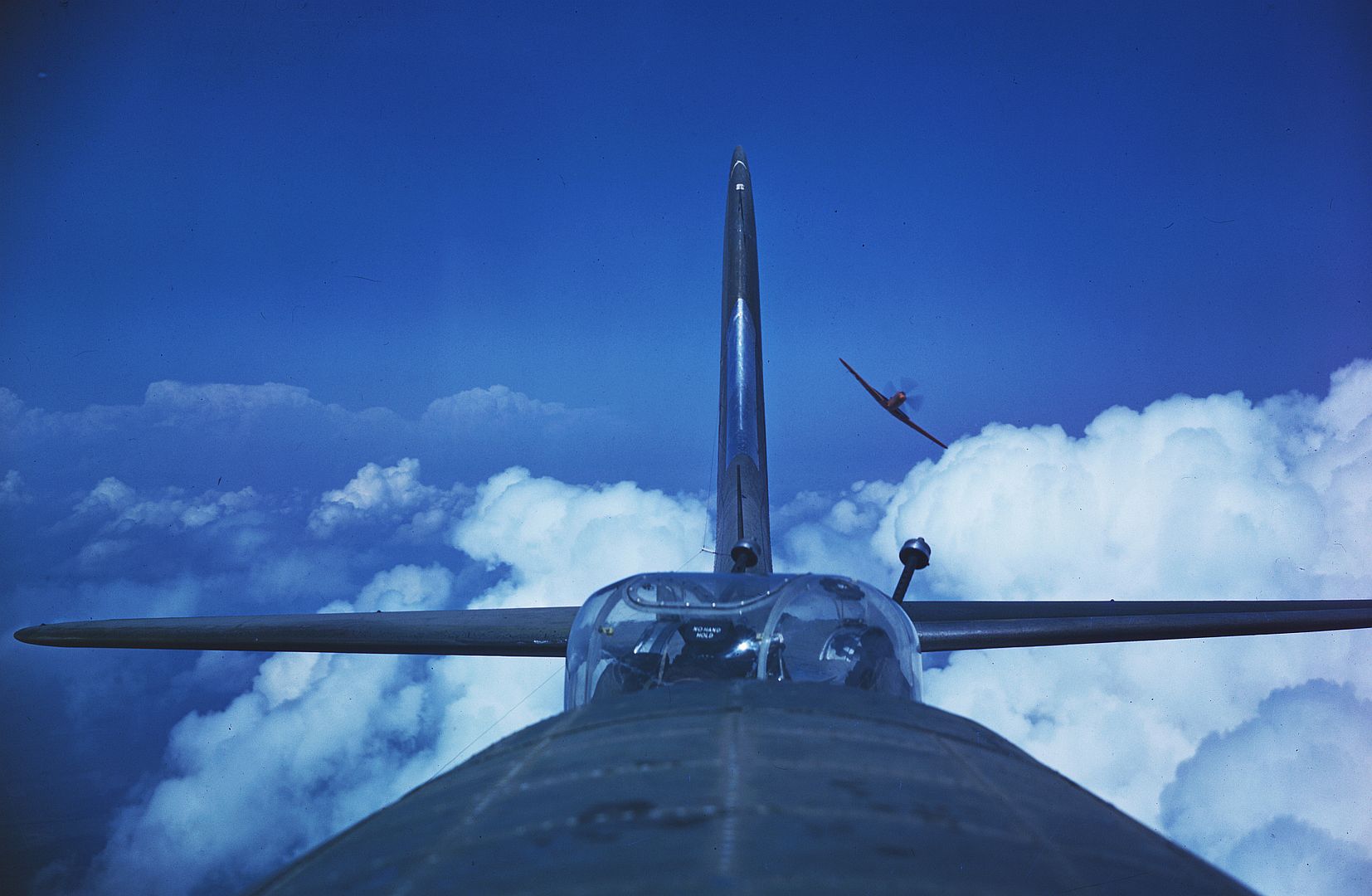
And YB-40-42-5741 probably near the end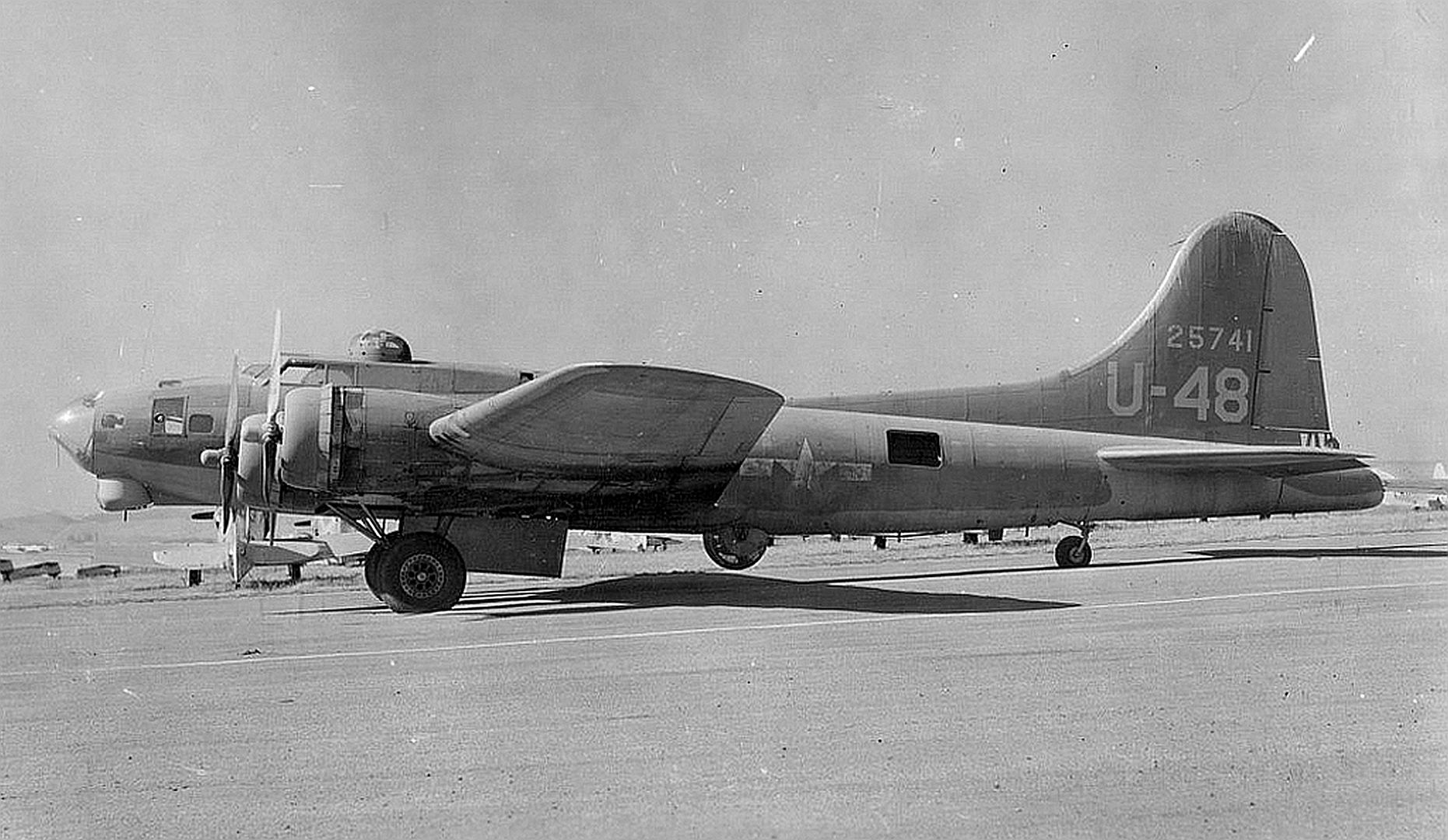
Post a reply
- Go to Previous topic
- Go to Next topic
- Go to Welcome
- Go to Introduce Yourself
- Go to General Discussion
- Go to Screenshots, Images and Videos
- Go to Off topic
- Go to Works in Progress
- Go to Skinning Tips / Tutorials
- Go to Skin Requests
- Go to IJAAF Library
- Go to Luftwaffe Library
- Go to RAF Library
- Go to USAAF / USN Library
- Go to Misc Library
- Go to The Ops Room
- Go to Made in Germany
- Go to Campaigns and Missions
- Go to Works in Progress
- Go to Juri's Air-Raid Shelter
- Go to Campaigns and Missions
- Go to Works in Progress
- Go to Skinpacks
- Go to External Projects Discussion
- Go to Books & Resources
